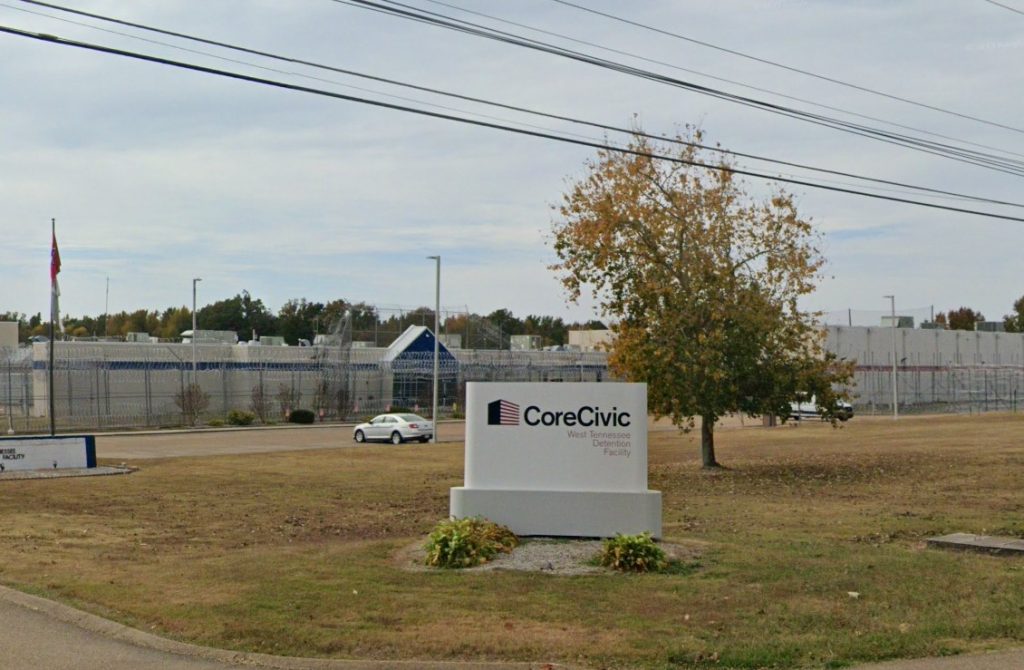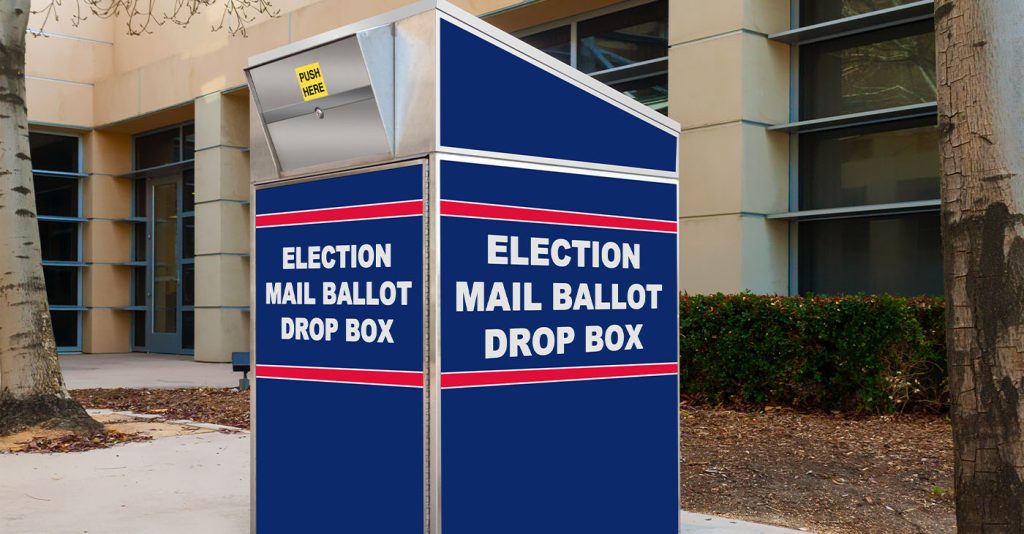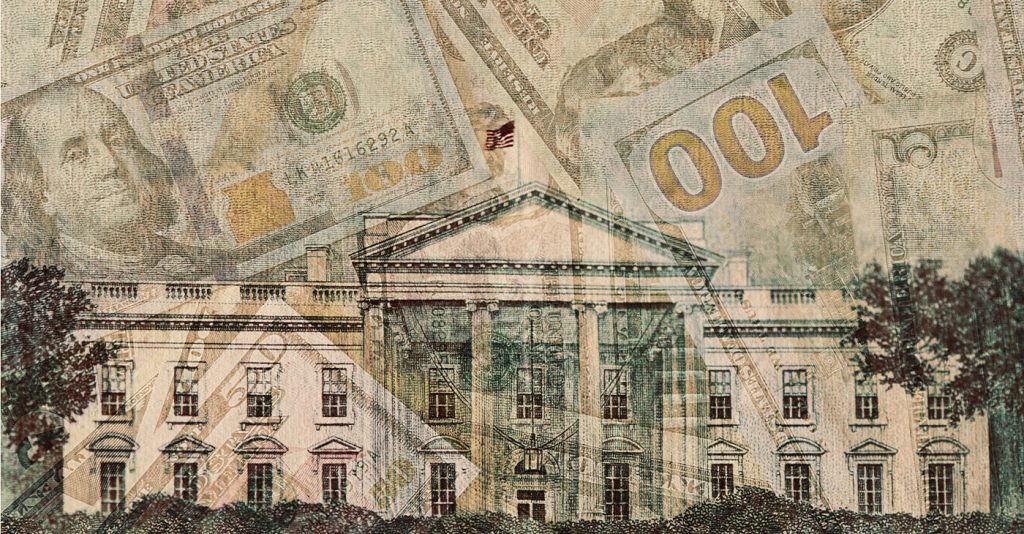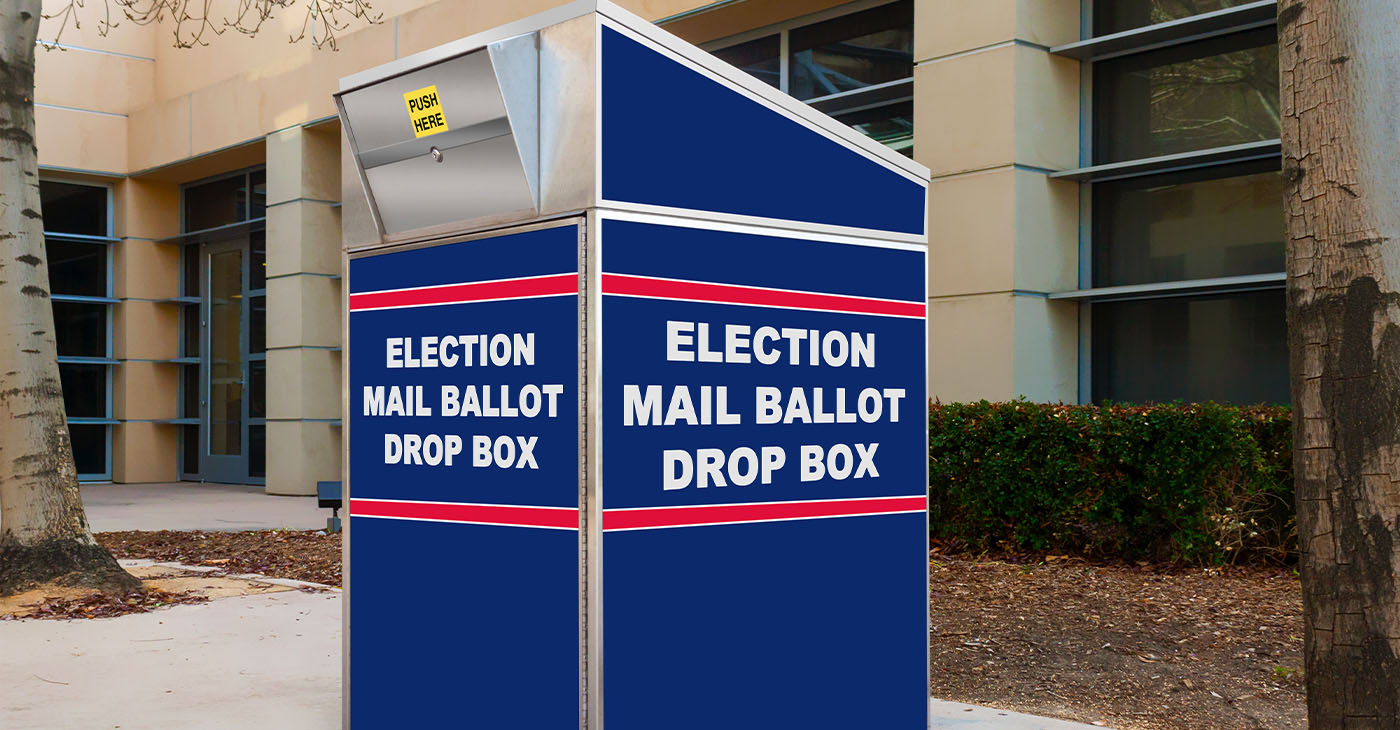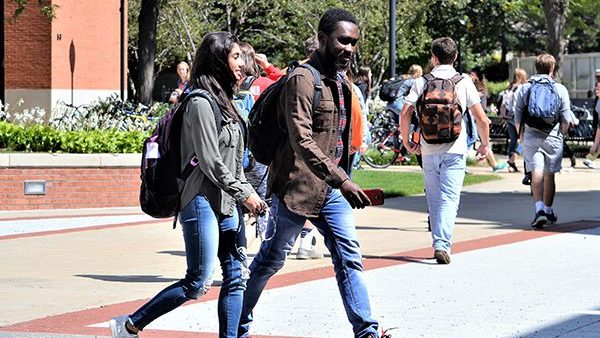
WASHINGTON, D.C. – In what critics call the most aggressive federal intrusion into university admissions in decades, President Donald Trump has ordered nearly every college in the country to hand over extensive admissions data to the U.S. Department of Education—including the race, gender, standardized test scores, and grade point averages of every applicant.
The presidential memorandum, signed last Thursday, is the latest step in the administration’s campaign to dismantle diversity, equity, and inclusion (DEI) policies and enforce its interpretation of the Supreme Court’s 2023 ruling banning affirmative action. Detractors say the new policy is designed to intimidate universities into abandoning even legal efforts to recruit diverse classes and will fuel politically motivated investigations.
Education Secretary Linda McMahon framed the measure as a fight for “meritocracy,” but critics call it a political stunt that risks weaponizing student data. “We will not allow institutions to blight the dreams of students by presuming that their skin color matters more than their hard work and accomplishments,” McMahon said.
Under the order, institutions that participate in federal student loan programs (virtually all U.S. colleges) must provide the federal government with unprecedented levels of detail about who applies, who is admitted, and who is rejected. This includes disaggregated data by race and sex along with academic metrics, information that experts warn could be cherry-picked to launch new discrimination claims against schools and cut their federal funding.
The order comes on the heels of controversial settlements with Columbia University and Brown University, in which both Ivy League schools agreed to hand over similar data to the Trump administration. Those agreements bar “racial preferences” in admissions and even prohibit using personal essays or diversity statements that touch on race—restrictions that go beyond what the Supreme Court required.
Civil rights advocates slammed the settlements as capitulations. “What Columbia and Brown agreed to is a national disgrace,” said Denise Forte, president/CEO of the Education Trust. “Their actions threaten the rights of Black and Latino students, their own institutions, and American higher education as a whole.”
Critics see the settlements as test cases for a broader campaign. “The ambition here is to send a chill through admissions offices all over the country,” said Justin Driver, a Yale Law School professor, who argues the administration is deliberately misinterpreting the Supreme Court’s ruling to depress Black and Latino enrollment.
The chilling effect may already be showing. In the year after the court’s decision, Columbia’s share of Black first-year students dropped sharply while the percentage of Asian students rose. Brown saw similar shifts. The administration has celebrated those changes, with Trump declaring on social media: “Woke is officially DEAD at Brown.”
Opponents warn that the massive new federal database could become a tool for targeting race-neutral policies that nonetheless promote diversity, such as recruiting from certain high schools or eliminating standardized test requirements. The Education Department has issued guidance suggesting even ‘geographic’ or ‘first-generation’ recruitment could be illegal if intended to boost representation of certain racial groups.
“This is a fishing expedition,” said Ted Mitchell, president of the American Council on Education. “Colleges have always looked at more than test scores and GPAs because numbers alone don’t tell the whole story.”
The administration’s aggressive posture has raised additional questions about capacity and intent. Former department data coordinator Jason Cottrell said the office charged with managing the data is already understaffed after layoffs, warning that the new requirements are ‘time intensive’ and prone to misuse.
Columbia and Brown insist they will anonymize the data, but critics doubt that will protect applicants from targeted scrutiny, especially if conservative legal groups gain access through public records requests. “If we could get this and analyze it, we would,” said Adam Mortara, a lawyer for Students for Fair Admissions, the group behind the Supreme Court case that ended affirmative action.
Civil rights organizations see the order as part of a pattern that includes cuts to research grants, the vilification of DEI programs, and public campaigns against university leaders. “The Trump administration is clearly scared of a diverse America,” Forte said, “and has used every opportunity to malign successful individuals from every race and gender.”
It remains unclear whether the mandate will apply to all 4,000 U.S. colleges or just a subset, though even community colleges could be swept in. For many observers, the answer is beside the point. They see a clear strategy to reshape American higher education in the image of the administration’s political base — and to punish institutions that resist.
“Every college and university should know that illegal discrimination in admissions will be investigated and eliminated,” Acting Associate Attorney General Chad Mizelle said in March, as the administration subpoenaed admissions records from Stanford and multiple University of California campuses.
To opponents, the real message is different: challenge the administration’s vision of ‘merit’ and risk losing funding, privacy, and autonomy.


